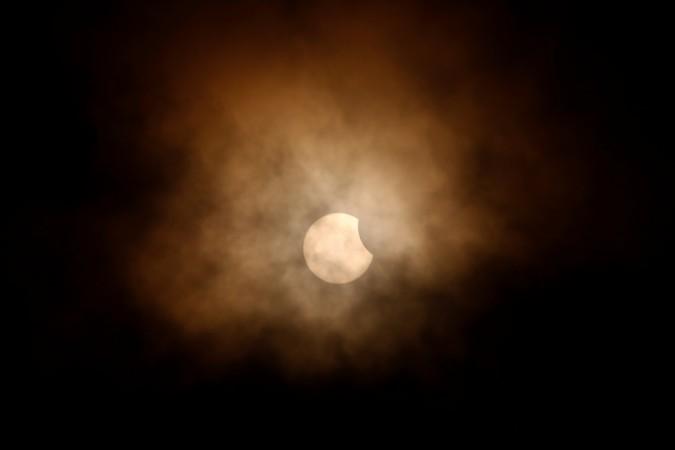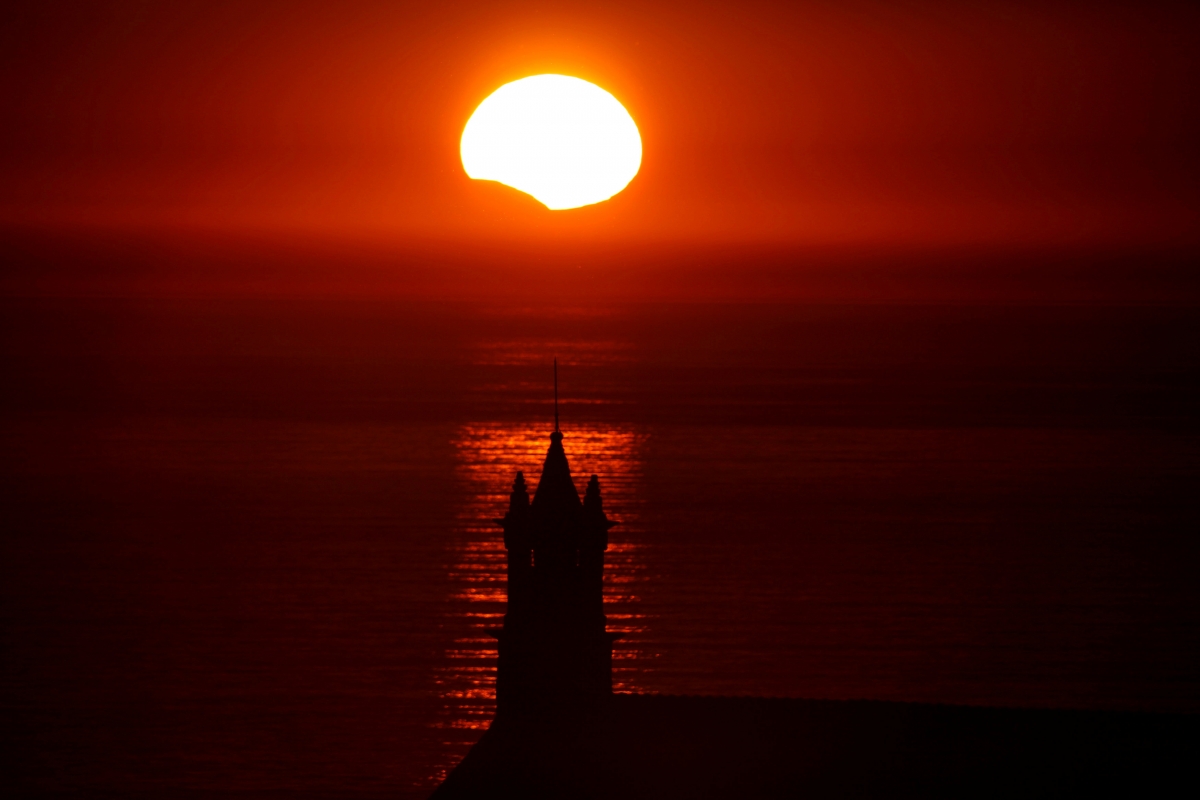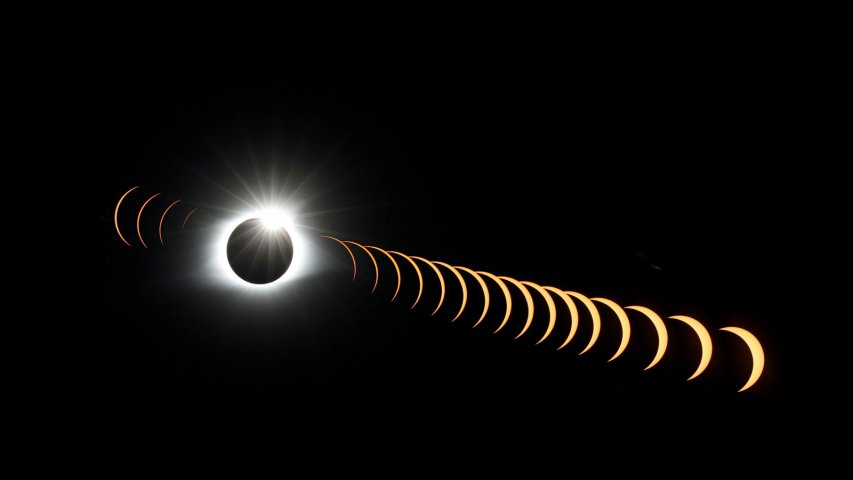Parts of India including Kerala, Karnataka and Tamil Nadu, will be able to witness a partial solar eclipse on Thursday, December 26. The Astronomical Society of India stated that the eclipse will be visible as a 'Ring of Fire' in few parts of southern India and partial in the rest of the country.
Sky gazers, astronomers and space buffs are gearing up to watch the annual solar eclipse in Karnataka on Thursday with fingers crossed as a cloudy sky may play spoilsport, an official said on Wednesday.
"Solar eclipse will occur over Karnataka for around three hours from 8.06 a.m. to 11.11 a.m. but its visibility will depend on the weather as cloudy sky may mar its clear viewing," Jawaharlal Nehru Planetarium Director Pramod Galgali told IANS.
The planetarium here has made arrangements for safe viewing of the celestial event when the new moon passes between earth and sun, causing a "ring of fire" at 9.29 a.m., but Galgali said the visibility would be about 90 per cent over Bengaluru.

"The solar eclipse over Bengaluru will be partial as the moon passes in front of the sun, covering 90 per cent of it. It will be visible if the sky is cleared of passing clouds on a wintery day," he said.
Stages of the eclipse
When moon is on the same path between earth and sun, it will cover the centre of sun, which will result in a ring of fire being seen.
The planetarium has set up 5 telescopes to project the sun's image on to a screen so that viewers can follow all the stages of the eclipse.
"Image of the sun produced by a telescope fitted with a special filter known as HI filter will be displayed on an LCD (liquid crystal display) monitor," noted Galgali.
He warned that whether the sun's disc (surface) is wholly or partially visible, viewing it with naked eye during the event is risky as its sharp rays may damage the organ.
The institute has also set up a welder glass through which the eclipsed sun can be seen directly.
A poster on the fundamentals of solar eclipse has also been put on display to educate the public on the natural phenomenon.
"Models to explain the circumstances of an eclipse will be demonstrated and explained," added Galgali.
Owing to space constraints in the open area of the planetarium in the city centre, the number of visitors will be restricted, with preference to students.
The eclipse will also be visible over Kodagu, and Mangaluru in the southern state, besides Kasargod and Palakkad in the neighbouring Kerala state.
"Rural folks at Kutta, a tiny village in Kodagu district in the southern state, will be able to witness the solar spectacle 99-100 per cent as it is located in an ideal setting at 12.94 degree latitude and 77.61 degree longitude.
"Hordes of astronomers, astro-physicists, students and astrologers have descended on Kutta to study the solar eclipse in Kayamani area of the village as it is located at the right spot for clear visibility," a district official told IANS on phone.
The districts' Vijnana Parishat (Science Club) has arranged special glasses for students to view the eclipse in an open ground.
"The viewing, however, depends on the sky being clear as morning clouds may play a dampener," the official quipped.
(With agency inputs)



















